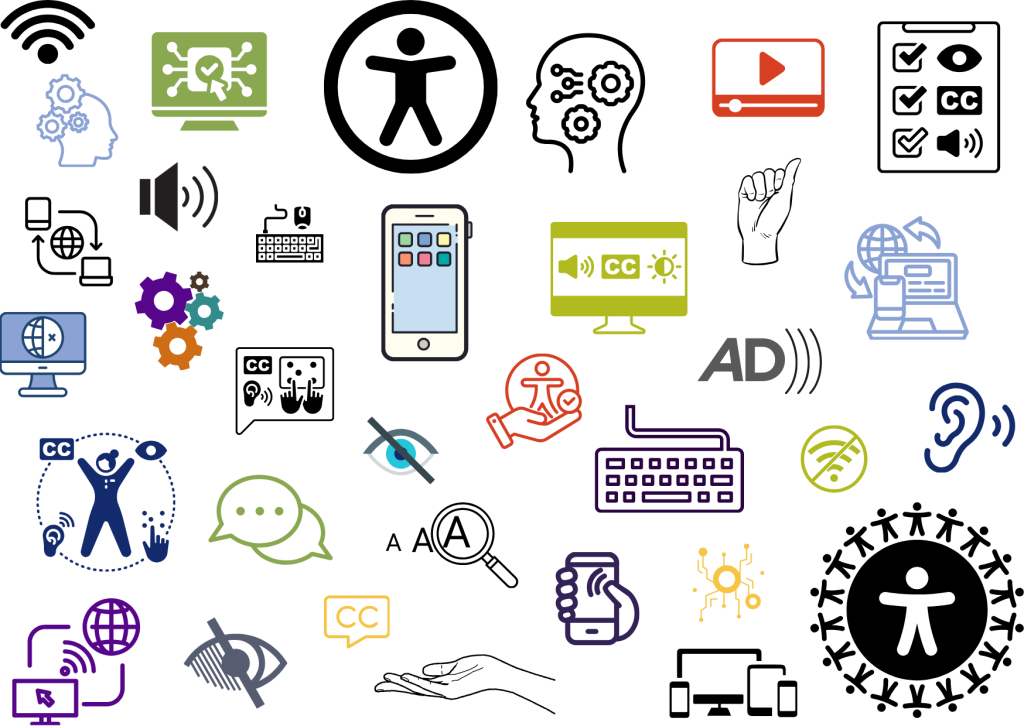Giving Visuals a Voice – the Impact of Audio Descriptions in Digital Learning
Published by: WCET | 3/28/2025
Tags: Accessibility, Digital Learning, Managing Digital Learning, Online Learning, Student Success
Published by: WCET | 3/28/2025
Tags: Accessibility, Digital Learning, Managing Digital Learning, Online Learning, Student Success

Ensuring accessibility in digital learning is a priority for WCET, and audio descriptions are a crucial component in making video content inclusive for all learners. But what exactly are audio descriptions, and how can they improve the learning experience? Let’s dive into the fundamentals of audio descriptions and how they enhance accessibility in higher education.
An audio description is a narration added to a video’s soundtrack to describe important visual details that cannot be understood from the main audio alone. This additional narration provides key information about:
Typically, these descriptions are inserted during existing pauses in dialogue. However, when necessary, a video can be paused to allow for additional descriptions. Depending on the platform, audio descriptions may be offered as an optional alternate soundtrack or integrated into the standard audio track for all viewers.
Initially, I found it challenging to fully understand the role of audio descriptions. The Audio Description Project recommended an excellent example that helped me understand how vital these narrations are for providing essential visual information. Here’s that example:
In addition, here are some examples of audio descriptions in action in educational settings:
Here are some promising practices for adding audio descriptions into your digital learning content:

Are you ready to explore this topic and integrate audio descriptions into your content? Check out these resources for more guidance and best practices:
At WCET, we believe that accessibility is fundamental to digital learning. By implementing audio descriptions, institutions can create a learning environment that supports all students.
This blog post was written by Lindsey Downs with editing assistance from ChatGPT and Megan Raymond.